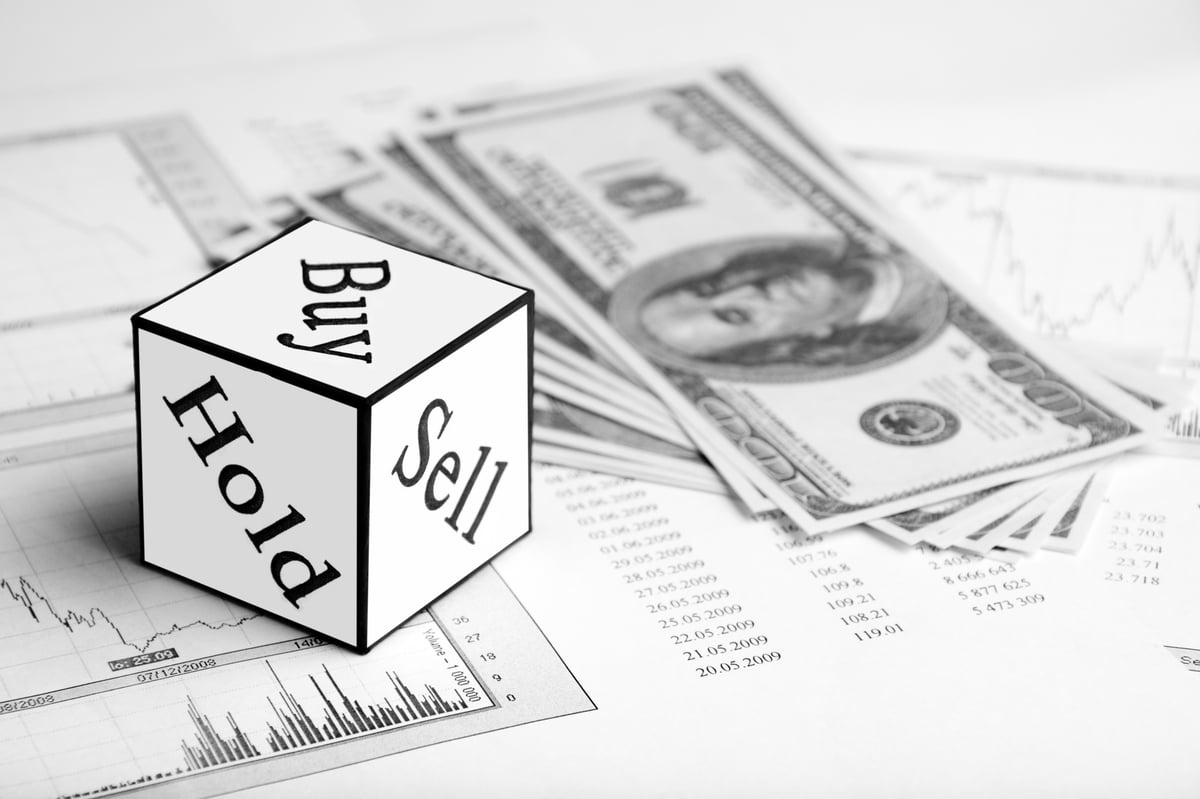There's a fairly simple solution if you're looking for stocks that can provide market-beating gains over the long run without many big risks. Buying dividend-paying stocks and holding them for long periods might be the easiest and safest way to grow your nest egg, and there are numbers to prove it.
During the 50 years between 1973 and 2023, dividend-paying stocks in the S&P 500 index delivered a 9.17% average-annual gain. Non-dividend payers in the same index returned just 4.27% per year on average according to Hartford Funds and Ned Davis Research.
These two dividend payers attracted the attention of billionaire hedge fund managers in the first three months of 2024. Let's look a little closer to see if they're right for your portfolio.
1. Bristol Myers Squibb
Drugmakers selling therapies some people can't live without are on the radar of billionaire investors. In the first quarter of this year, Steven Cohen and the fund he manages, Point72, opened a new Bristol Myers Squibb (BMY 0.69%) position by acquiring 193,887 shares of the Big Pharma stock.

NYSE: BMY
Key Data Points
Shares of Bristol Myers Squibb offer a 5.6% dividend yield at recent prices. After 15 consecutive annual-dividend raises, investors can reasonably rely on this streak continuing in the years ahead.
Bristol Myers Squibb will report second-quarter earnings on July 26, but investors might do well to scoop up some shares ahead of the announcement. The stock has been under pressure since the company announced a $12.1 billion non-cash charge related to the recent acquisition of Karuna Therapeutics.
In years past, Bristol Myers Squibb would have added a large intangible asset to its balance sheet that it can later write down if Karuna's lead candidate, KarXT, fails to earn approval from the Food and Drug Administration (FDA). Instead, drugmakers are recording in-process research and development expenses upfront.
The good news is that there's a good chance KarXT can become a blockbuster new treatment option for adults with schizophrenia. The FDA is reviewing an application at the moment and expects to announce an approval decision this September.
KarXT doesn't necessarily need a green light for Bristol Myers Squibb to grow earnings and its dividend payout. In June, the company earned label-expanding approvals from the FDA for two recently launched cancer therapies, Krazati and Augtyro. With plenty of new drugs to push earnings higher, most dividend-seeking investors would do well to follow billionaires and add this stock to their portfolio.
2. AT&T
AT&T (T +0.66%) slashed its dividend payout in 2022 after spinning off its unpredictable media assets. These days, it's a reliable telecommunications business that offers a juicy 5.9% yield at recent prices.

NYSE: T
Key Data Points
Jim Simons of Renaissance Technologies was a billionaire investor who passed away in May. During the first quarter, the firm Simons managed acquired more than 3.9 million shares of AT&T stock.
AT&T hasn't raised its dividend payout since spinning off its media assets, but the company might begin making significant annual-payout bumps in 2025. At the end of June, the company was servicing $126.9 billion in net debt, which was $1.9 billion less than it had three months earlier.
AT&T's ratio of net debt to adjusted earnings before interest, taxes, depreciation, and amortization (EBITDA) fell to 2.87 during Q2. The company is on track to lower net debt to just 2.5 times adjusted EBITDA in the first half of 2025. The company hasn't made any explicit promises, but annual-dividend raises will probably begin again upon reaching this goal.
Heaps of new broadband-internet subscribers could allow AT&T to grow its payout by a mid-single-digit percentage for the foreseeable future. The company has added over 200,000 new fiber-internet subscribers every quarter for 18 consecutive quarters.
Late last year, AT&T began rolling out a new fixed wireless-broadband service for folks who aren't near a fiber optic line. This year, broadband revenue is expected to rise by 7% year over year.
With new broadband subscribers pushing the needle forward, this dividend payer could deliver buckets of passive income. Adding some shares to a diverse portfolio looks like a smart move for most income-seeking investors.





